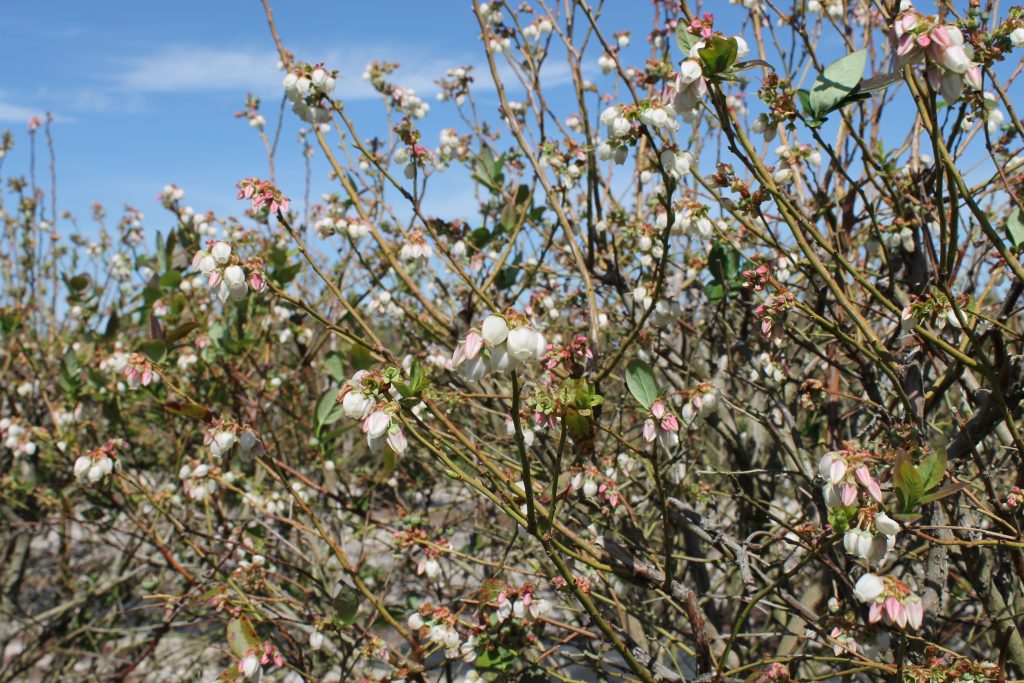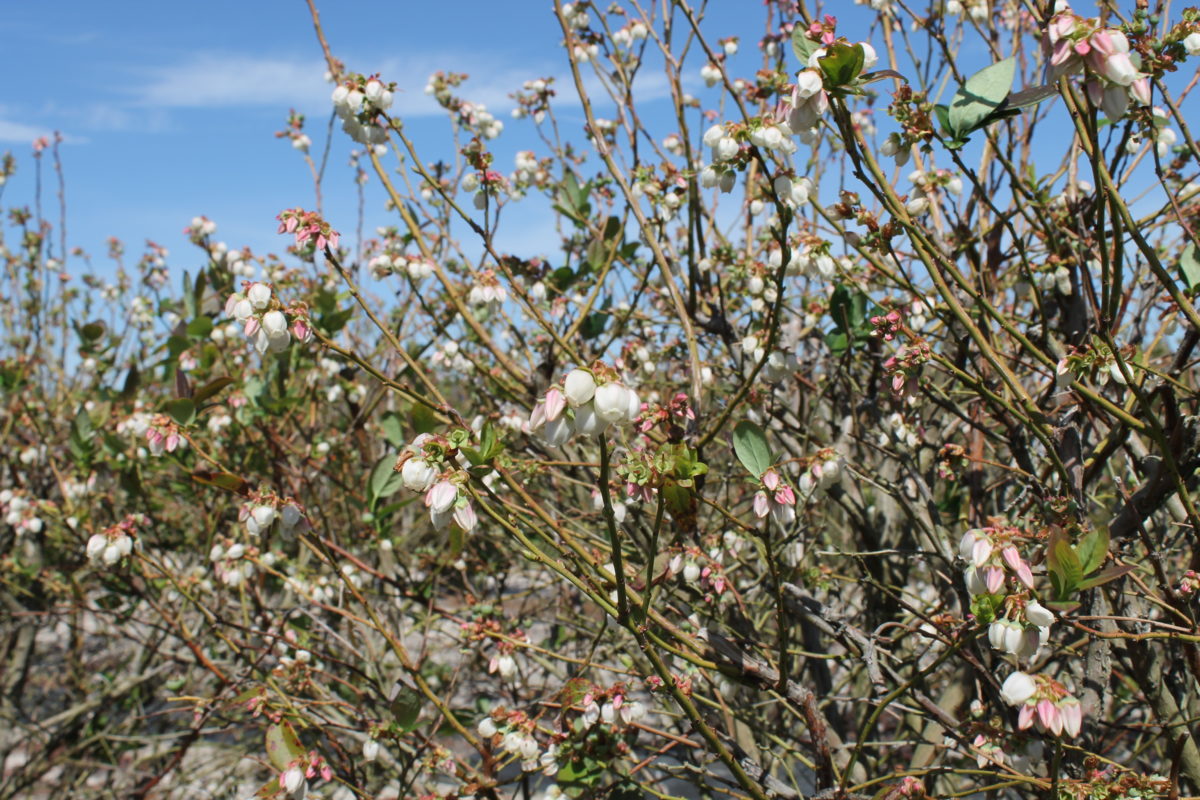January remains a busy time of year for Florida blueberry farmers managing this year’s crop.
The University of Florida Institute of Food and Agricultural Sciences (UF/IFAS) reminds growers that it is essential to monitor for disease development, especially with Botrytis flower blight.
Once bloom occurs, growers need to monitor for the disease during cool and wet periods. Producers need to spray fungicides in rotation if the disease is present. They may consider using the Blueberry Advisory System, which indicates when weather conditions are conducive for development of Botrytis and Anthracnose Fruit Rot.

It’s also essential to scout for insect pests and apply appropriate insecticides when needed. This is especially true for blueberry gall midge. Spray before floral and vegetative bud break with an additional application approximately 7 to 10 days later.
Growers also need to scout for scales, southern red mites, flat mites, flower thrips and bud mites.
Monitor weather forecasts and use freeze protection strategies when needed.
Dormant pruning can maintain the plant’s structure and size. Growers should remove approximately 25% of old canes every year beginning when the plant is at least 5- or 6-years-old. This promotes the growth of new canes.
Bee management and hydrogen cyanamide applications, which accelerate vegetative budbreak and concentrate harvests for Southern Highbush in deciduous systems, should also be done this time of year.
Click here for additional information.










